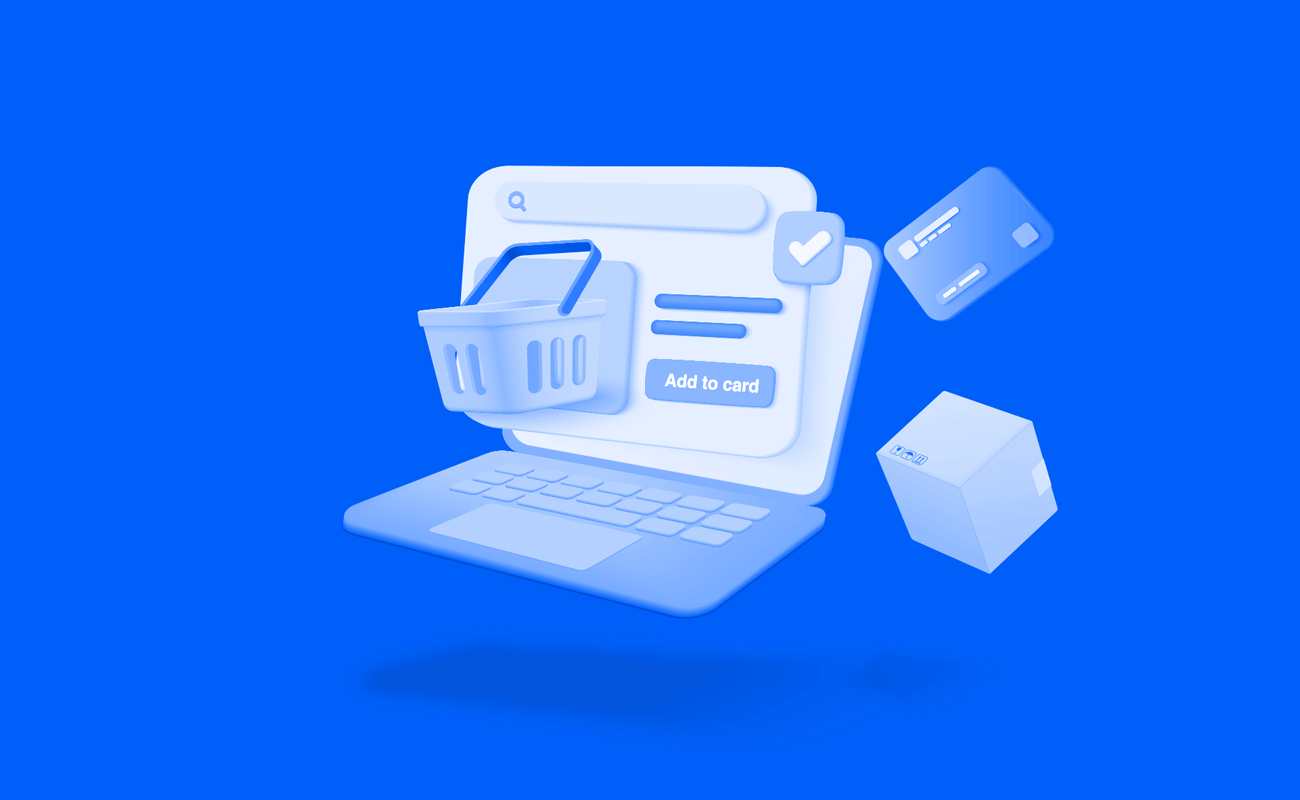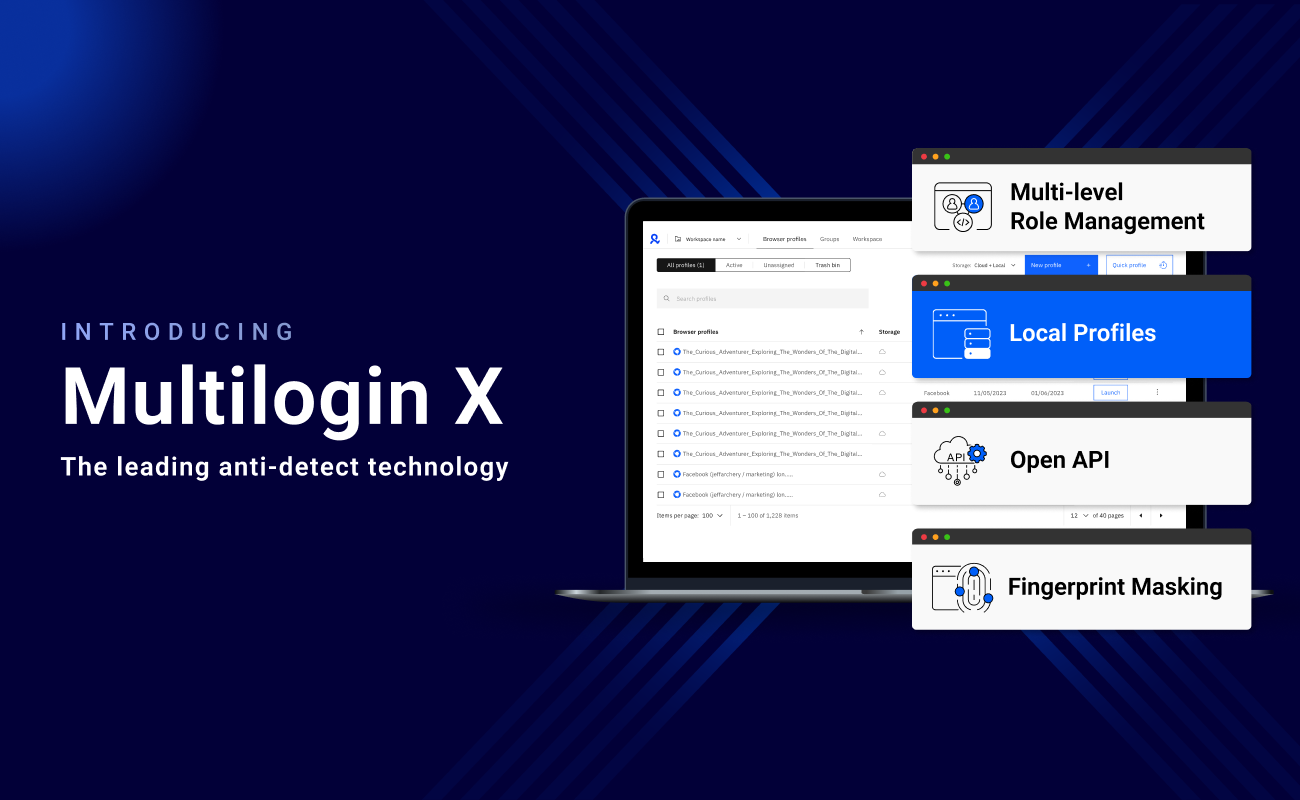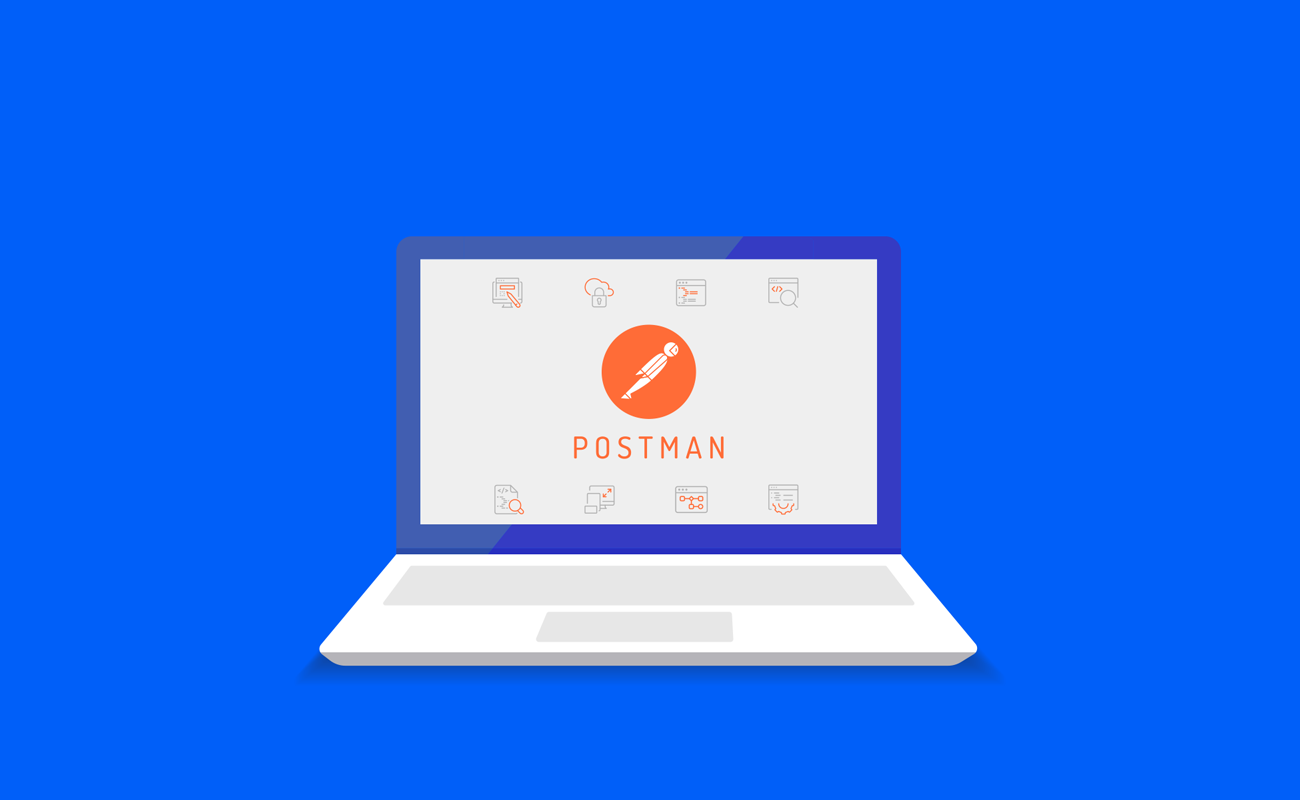
Secrets of growing your Amazon e-commerce seller rank
AUGUST 18, 2022 | USE CASES
Each month more than 197 million potential buyers visit Amazon. However, while selling on one of the world’s largest marketplaces means huge opportunities, it also means you’re competing against millions of other merchants entering the world of Amazon e-commerce. With 65% of purchases happening from just the first two pages of listings, you need to make sure your Amazon sale rank is up there with the best. We’ve put together our tips to do just that.
What’s behind Amazon e-commerce rankings?
The biggest element behind how Amazon decides who ranks on the first or second page – or any page – is its proprietary algorithm. The current version is widely referred to as A10, although that’s not official.
Amazon does not make public what comprises its algorithm, but testing and user experience mean most third parties generally agree there are some core elements to it that will help you climb the Amazon seller positions.
Amazon sales rank
One of the most important is your Amazon sale rank in specific categories, such as when you look at a product and see in the details “#134 in Clothing, Shoes & Jewelry’, for instance. This is based on how many sales you’ve made and also your sales history (for example, if you see a high volume of sales in a short period of time, although you should then work to maintain that).
The sales rank is also increasingly impacted by the type of sales traffic. There is a lot of talk that A10 has placed less weight on PPC (pay-per-click) sales compared to organic sales. Likewise, external traffic, such as from affiliate sites, has a high importance – we have recently seen data that affiliate traffic and other external sources is given three times the ranking power. This is unlikely to change for the next 12 to 18 months, experts agree, so make sure to seize the opportunity now.
Amazon fulfilment options
As we’ve mentioned in our previous blog on increasing your e-commerce sales, using the platform’s own Fulfilment By Amazon program, whereby you outsource your shipping to Amazon, can help to grow your Amazon seller rank.
It gives you the Prime badge on your listing, which gives confidence in your product, with the guarantee of 99% of deliveries within one to two days. It also means for you as a seller that, based on past trends across the Amazon marketplace, you can expect a cancellation rate of as little as 0.5%.
Importantly, it also helps you to gather reviews – and removes any reviews based on fulfilment from your ranking.
This in turn helps your sales to grow faster and builds up your trust score more quickly: both key elements in A10’s algorithm.
Maintaining a healthy sales inventory
Another key element in having success in Amazon e-commerce is to keep your product catalogue healthy.
Firstly, as obvious as it sounds, ensure you have good stock availability. Of course, this needs to be balanced against your own sales projections and financial considerations, but from Amazon’s point of view, you need to make sure your strong sellers are at least ‘usually’ in stock to keep your sales volume consistent – even if there are unforeseen events like a manufacturer issue or a sudden spike. This also stops click-throughs becoming page abandons – and sending traffic to competitors. Don’t underestimate the power of Amazon suggesting other sellers’ products!
Secondly, do not ignore slow-moving stock! It’s tempting to focus on those star products that sell like hot cakes, but stock that sits in your inventory for long periods of times without any sales will have a negative impact. It can pay off long-term to push these products more, such as through Amazon PPC campaigns.
Are Amazon aggregators worth it?
Amazon aggregators burst onto the market in significant numbers during the coronavirus pandemic. Their business model is to buy up successful Amazon e-commerce businesses – or those with potential – and grow those businesses further than their original owners could.
This means that for you as a seller, there is the potential to make good money from a sale – but there is also the potential to miss out on what’s to come. Generally speaking, investors are looking for commercial viability across a longer period of time. With this in mind, an offer from an Amazon aggregator means there is potential in your brand, and you could in fact miss out on long-term value by taking a sale.
For many entrepreneurs, Amazon aggregators seem an attractive option because scaling is difficult – but that’s often only because they don’t realize how e-commerce entrepreneurs can scale faster and further than ever with minimal physical infrastructure investment or team growth. Find out how this works in our detailed look at using Multilogin to turbo-charge your online seller business!







